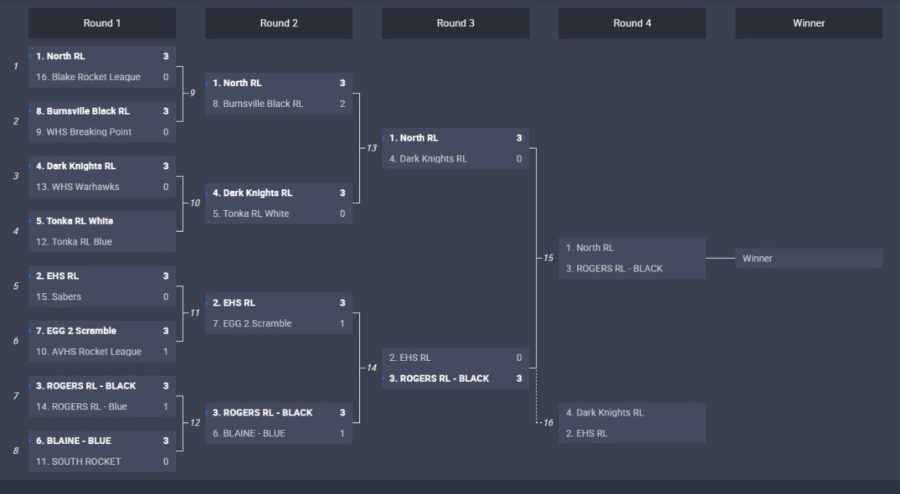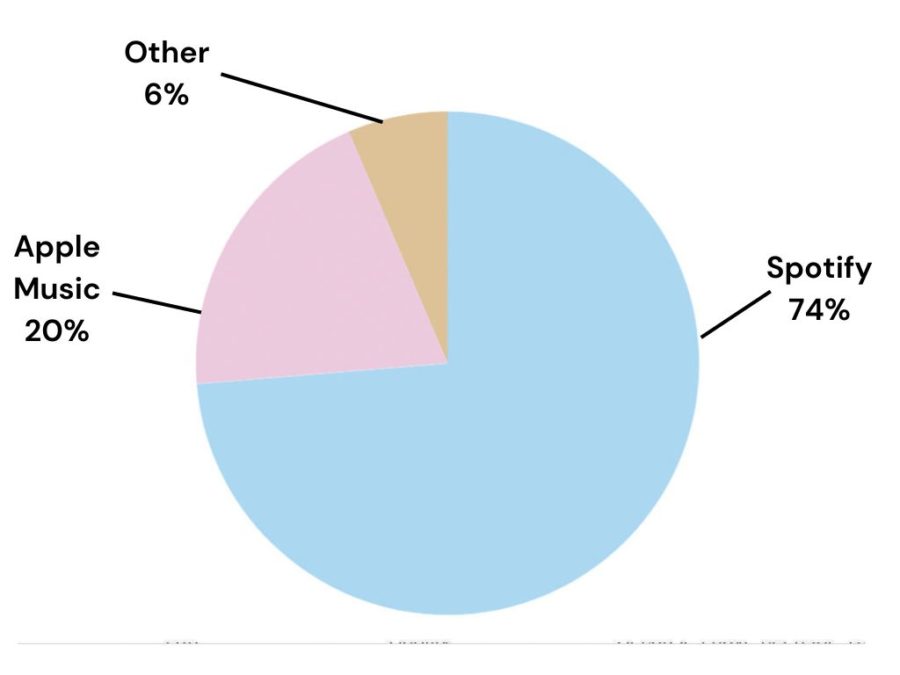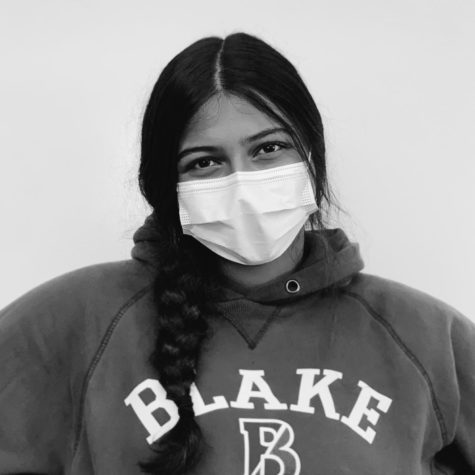Although students don’t often think about the work that goes into the technology in their classes, the Information Support Services (ISS) department does an incredible amount of behind the scenes work, especially during the sudden transitions to remote and hybrid learning. David Boxer is the Director of Information Support Services which encompasses multiple teams.
Boxer says the “Information Support Services department looks after all technology-related processes across all three campuses … In Information Support Services we have what I refer to as three swim lanes.”
The first is support services, which focuses on providing support to students and faculty with their technology and ensuring easy access to technology. The second lane is network and infrastructure. Boxer explains that this includes, “how your computer connects to the wifi, gets onto the internet, [and] how you’re able to sign into Google and Canvas and so forth.”
The third and final lane is information management. Boxer says, “That’s everything from how you access the Veracross student portal to when you first become a student at Blake and the information that gets populated, as well as then sharing information to a wide variety of services such as information that goes into Naviance or Destiny or Hapara. So all the things that make, hopefully, your experience as a student easier in terms of being able to access instructional tools and resources.”
Regarding the shift to Remote Teaching and Learning (RTLP), Boxer says, “We knew going into this school year… that we were never going to be able to recreate the same kind of experience that happens in the classroom. That was just a given.” From there, the entire department had to work together with other department heads to set up video-conferencing networks, teach online orientations for teachers to prepare online learning, and determine the exact needs of each campus.
Boxer elaborates on the changes this year saying, “I think what we attempted to do, with a lot of planning and support in a very short window of time, was to build out a program that probably in years past would have taken at least a year to plan and pilot and get feedback and iterate.” However, the “commitment, the flexibility, and the dedication that folks who’ve been tireless” in the process created a successful system.


![Justin Karels, a member of the Support Services team, says that “I haven’t noticed any consistency as far as the same question is being asked, more so something that I’ve observed that isn’t happening is checking self service for any updates, like Zoom [and] Google Chrome.”](https://www.blakespectrum.org/wp-content/uploads/2021/01/justin-karels-CMYK-826x900.jpg)






